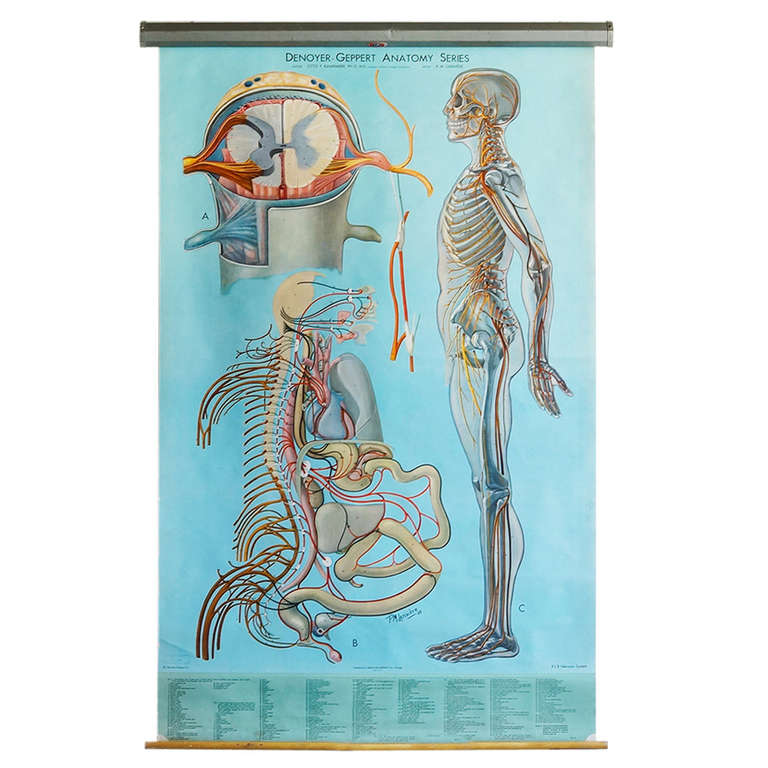
He also brought me a book cataloging the collection, with every item identified by a neatly penned number. Murillo unlocked the double doors of a fireproof safe containing approximately 3,000 of Cajal’s drawings of neurons from the brain and spinal cord of almost every animal imaginable, including humans. The collection includes everything: his microscopes, the microtomes he used to cut brains into thin slices, the boxes of microscope slides he stained by hand to reveal neurons, and his artwork, including drawings and paintings from when he was a child, the oil paintings of cadavers dissected by his physician father that he made as a teenager, and his black-and-white photographs, negatives, stereographs and color photography. But during my visit, Ignacio Torres Alemán, a neuroscientist who was the director of the institute at the time, and Ricardo Martinez Murillo, an expert in the blood-brain barrier who was then the vice director, were gracious enough to take me to a room that is not open to the public and is filled with all manner of artifacts from Cajal’s laboratory. The ground-floor library contains an exhibit dedicated to Cajal’s drawings and scientific instruments.

Inside the Cajal Institute, a spiral staircase ascends from the small lobby through three floors of laboratories, each concealed behind a green door with a round porthole, giving visitors the feeling of being on a ship. But in a surprising twist, I also discovered that while they may in a sense disfigure the drawings, they also helped to save them. Those blue ink stamps were the work of a single man over decades. Last year, I finally learned the truth during a visit to the Cajal Institute in Madrid.

In the decades since, when I’ve talked about this with others in neuroscience, no one could solve the mystery. Bullock, assured me that all of Cajal’s drawings had that stamp on them. My mentor, the neuroethologist Theodore H. The first time I saw one of his drawings of neurons, when I was a neuroscience graduate student at the University of California, San Diego, I was struck by its beauty and intricacy, but I thought it was a postcard because it was defaced by what looked like an ugly postmark. The strange thing is that every one of Cajal’s immortal drawings is marred by an odd bit of deliberate vandalism: a blue cataloging stamp, often placed directly in the middle of the artwork. Even today, they continue to inspire neuroscientists. And Cajal’s exquisite, meticulous drawings of neurons in the brain and spinal cord proved to be powerful tools for persuasively communicating his vision to the scientific world.

For that reason, Cajal was awarded the 1906 Nobel Prize in physiology or medicine (an honor that, in an ironic twist, he shared with Golgi, who had invented the silver-staining technique that made Cajal’s observations possible). It would take another half-century until a new instrument, the electron microscope, could finally confirm what Cajal had seen in his mind’s eye - and carefully sketched out in thousands of stunning pen-and-ink diagrams.īut long before the synapse was visible, Cajal’s neuron doctrine had transformed scientists’ understanding of the nervous system and formed the bedrock upon which neuroscience is built. Because that gap between neurons is too small to see through a light microscope, Camillo Golgi and other rigorous scientists of Cajal’s day at first dismissed the neuron doctrine as a fantasy. Cajal’s two brilliant insights - that every neuron in the brain is separate and that neurons communicate across synapses - came to be known as the neuron doctrine.


 0 kommentar(er)
0 kommentar(er)
